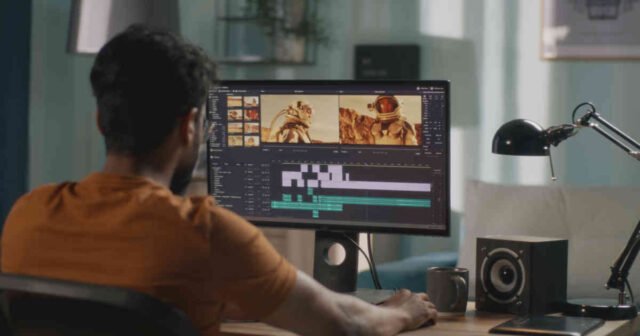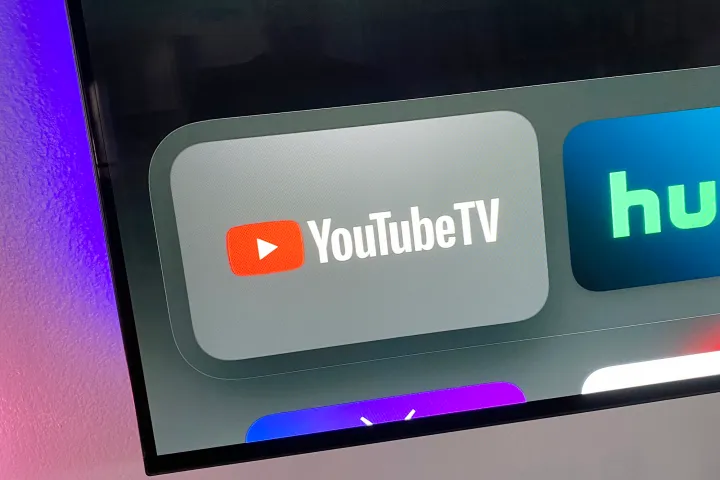Video editing is the process of assembling and manipulating raw video footage to create a finished video. It can be a simple process of trimming clips and adding transitions, or it can be a complex process involving motion graphics, color grading, and sound design.
If you’re serious about video editing, there are a few advanced techniques that you can learn to take your videos to the next level. In this article, we’ll share 10 steps to advanced video editing.
Plan your video
Before you start editing your video, it’s important to have a plan. This will help you to stay organized and on track. Think about the following:
- What is the purpose of your video?
- Who is your target audience?
- What message do you want to convey?
- What kind of tone and style do you want your video to have?
Once you have a good understanding of your goals, you can start to create a storyboard or outline. This will help you to visualize the flow of your video and make sure that it has a clear beginning, middle, and end.
Shoot high-quality footage
The quality of your footage will have a big impact on the quality of your finished video. Make sure to shoot in the highest resolution possible and to use good lighting and sound recording equipment.
If you’re new to video editing, it’s a good idea to try video editor free and to read up on basic camera techniques and composition rules. This will help you to shoot footage that is easy to edit and looks professional.
Import and organize your footage
Once you’ve shot your footage, you’ll need to import it into your video editing software. Once it’s imported, you’ll need to organize it into folders and clips.
It’s important to create a good naming convention for your folders and clips. This will help you to find the footage you need quickly and easily.
Edit your story
Once your footage is organized, you can start to edit your story. This is where you’ll start to assemble your clips in a way that tells your story and conveys your message.
When editing your story, keep the following tips in mind:
- Use a variety of shot types to keep your viewers engaged.
- Use transitions to connect your clips smoothly.
- Use music and sound effects to enhance your video.
- Trim unnecessary footage to keep your video concise and to the point.
Color grade your video
Color grading is the process of adjusting the colors in your video to create a certain look. It can be used to correct for poor lighting, to create a specific mood, or to simply make your video look more polished.
There are a variety of different color grading techniques that you can use. The best way to learn is to practice and experiment.
Add motion graphics
Motion graphics are animated elements that can be added to your video to enhance it visually. They can be used to create titles, lower thirds, transitions, and other effects.
If you’re not familiar with motion graphics, there are a variety of tutorials and resources available online.
Add sound design
Sound design is the process of adding sound effects, music, and dialogue to your video. It can be used to enhance the mood and atmosphere of your video, and to make it more engaging for viewers.
When adding sound design to your video, be sure to use high-quality audio files. You should also make sure that the volume levels are balanced and that the audio doesn’t overwhelm the video.
Export your video
Once you’re finished editing your video, you’ll need to export it to a file format that can be shared or played on a variety of devices.
The most common file formats for exporting videos are MP4, MOV, and AVI. You should choose the file format that is most compatible with the devices or platforms where you plan to share your video.
Share your video
Once you’ve exported your video, you can start sharing it with the world! There are a variety of different ways to share your video, including:
- Upload it to YouTube or Vimeo.
- Share it on social media platforms like Facebook, Twitter, and Instagram.
- Send it to your friends and family via email or text message.
Get feedback
Once you’ve shared your video, it’s a good idea to get feedback from others. This will help you to improve your skills and create better videos in the future.
You can ask for feedback from friends, family, colleagues, or other video editors. You can also post your video on online forums or social media groups to get feedback from a wider audience.


















